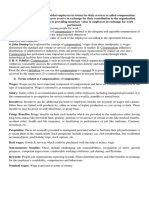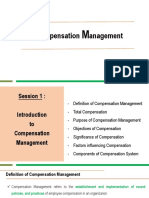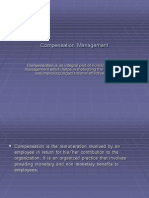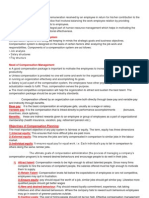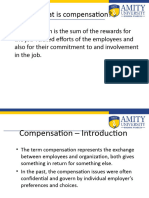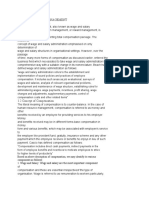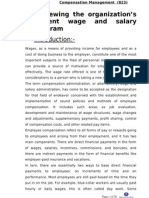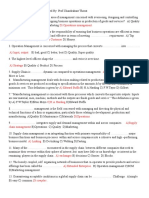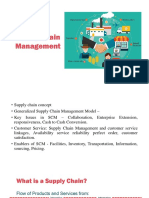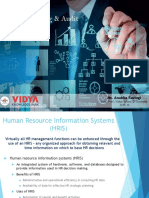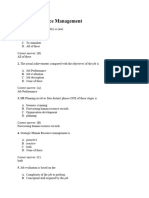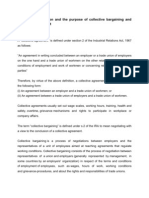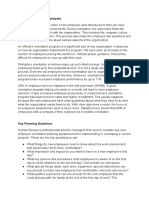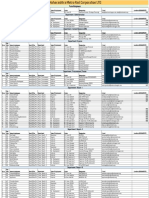0% found this document useful (0 votes)
58 views60 pagesCompensation Management
Compensation management refers to establishing and implementing sound policies for fairly compensating employees in a logical manner. It involves maximizing the return on human capital through paying employees with wages, salaries, incentives and benefits. The objectives of compensation management are to attract and retain competent employees while controlling costs and improving productivity, morale and relations.
Uploaded by
aKSHAT sHARMACopyright
© © All Rights Reserved
We take content rights seriously. If you suspect this is your content, claim it here.
Available Formats
Download as PDF, TXT or read online on Scribd
0% found this document useful (0 votes)
58 views60 pagesCompensation Management
Compensation management refers to establishing and implementing sound policies for fairly compensating employees in a logical manner. It involves maximizing the return on human capital through paying employees with wages, salaries, incentives and benefits. The objectives of compensation management are to attract and retain competent employees while controlling costs and improving productivity, morale and relations.
Uploaded by
aKSHAT sHARMACopyright
© © All Rights Reserved
We take content rights seriously. If you suspect this is your content, claim it here.
Available Formats
Download as PDF, TXT or read online on Scribd
/ 60






